“Méplat” is French for “flat.” In ballistics terminology, “meplat” refers to nothing other than a bullet’s tip.
The word made perfect sense back during the 1800s when the French studied the ballistic performance of flat-nosed bullets. Of course, the term today refers to any bullet’s tip. It doesn’t matter if the bullet’s tip is flat, round, pointed or concave – it is correctly termed a “meplat” all the same.
Why Meplat Matters to Shooters
A bullet’s meplat has a considerable impact on its ballistic coefficient. That’s the measure of its ability to overcome air resistance in flight. Its meplat also heavily impacts a bullet’s terminal ballistics. Terminal ballistics is how it will behave at the moment of impact and throughout penetration of soft tissue.
It is easy to understand how a bullet’s tip affects its ballistic coefficient. You already know that pointy things are more aerodynamic. Just like a fighter jet has a pointed nosecone, a rifle bullet designed for long-distance shooting also has a pointed meplat.
While it seems intuitive that every bullet should have a pointed meplat for better accuracy, that is not the case. Different types of tips offer distinct advantages, especially when it comes to the terminal ballistics you would want for hunting and personal protection. Let’s go over the different kinds of meplats and discuss the benefits each one offers.
Pointed Meplat
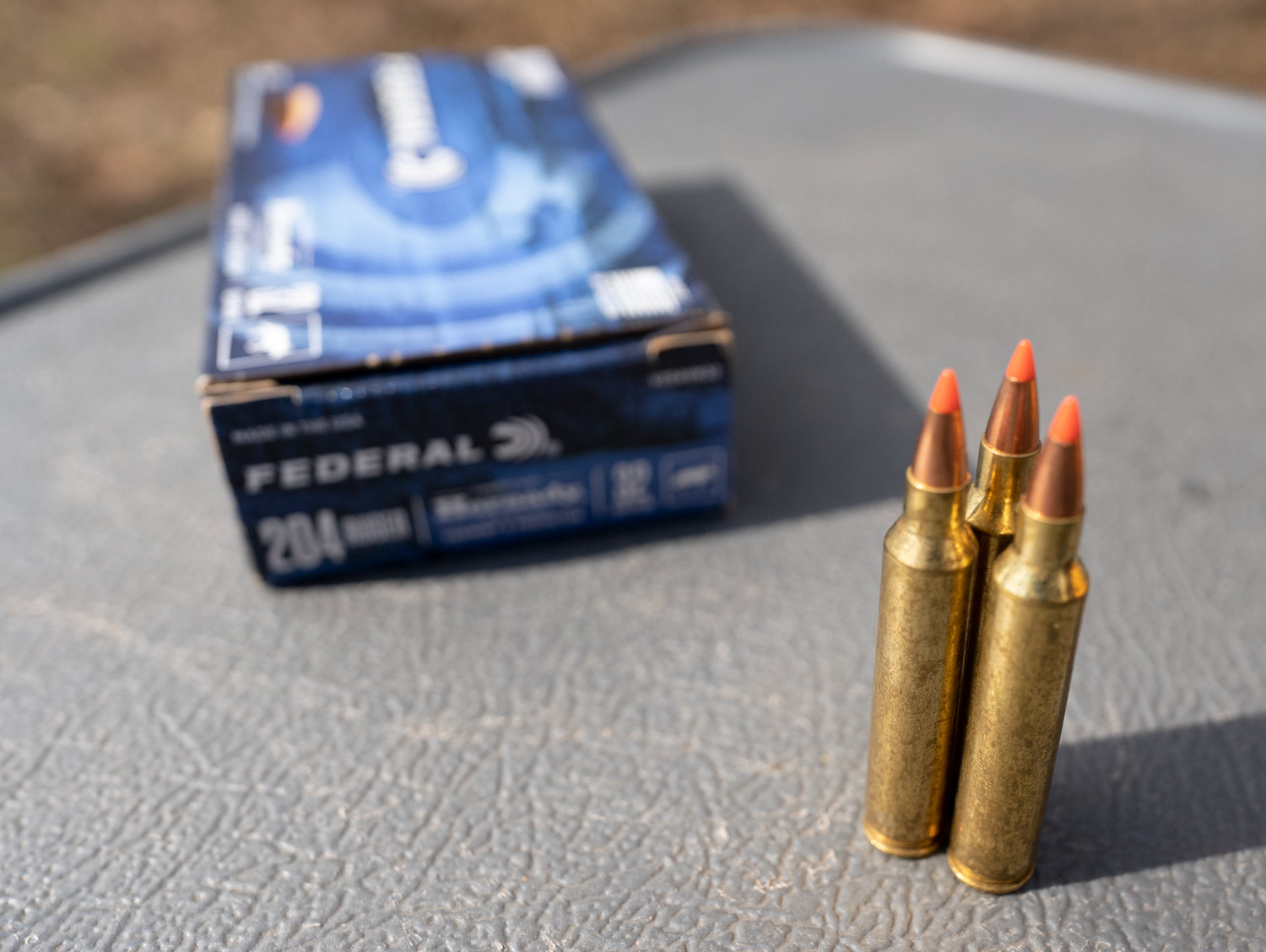
A sharp, pointed meplat encounters the least air resistance in flight. This helps the bullet to retain more velocity as it flies downrange, which has the effect of “flattening” its trajectory. Like we said, pointed meplats are standard for rifle bullets that are solely designed for long-distance shooting.
What makes a bullet with a pointed meplat aerodynamic, however, can also make it less suitable for hunting and personal protection. A bullet with a pointed meplat also encounters less resistance within soft tissue. It is thus equipped to pierce its target while transferring relatively less of its energy.
Of course, a bullet with a pointed meplat has other methods of inflicting damage. A soft point or polymer tipped bullet designers built for terminal expansion essentially trades its pointed meplat for a very broad one as it expands within soft tissue.
Round Meplat
Round meplats are commonly found on handgun bullets. But why would a handgun bullet not take advantage of the pointed tip’s higher ballistic coefficient? Two main reasons. First, handgun bullets generally have lower velocities and are fired over shorter distances. A higher ballistic coefficient is less valuable when long-distance performance is unlikely to come into play. Second, handgun cartridges are typically more compact than rifle rounds. A round meplat lets a bullet contain more mass while taking up relatively less room in the case and chamber.
Round meplats generally promote smoother feeding in a semi-automatic handgun, and they cost relatively less to manufacture as well.
We commonly see round meplats on full metal jacket (FMJ) bullets designed for target shooting. The round meplat isn’t truly ballistically inefficient, however, and its tendencies to deliver superior impact energy and penetrate soft tissue make it especially effective when coupled with an expanding soft point design.
Flat Meplat
Although comparatively less ballistically efficient, the flat meplat offers several key advantages. Target shooters often favor the wadcutter bullet because its broad, flat meplat acts like a hole punch on paper targets. That makes it much easier to score performance in competitive shooting as well as see how tightly shots have been grouped. (Round meplats tend to rough up paper quickly, especially in tight shot groups.)
Wadcutters work great in revolvers, but are likely to complicate feeding in semi-automatics. The truncated cone bullet, which is shaped like a traffic cone that has had its tip cut off, punches cleaner holes through paper. It also adds the advantage of compatibility with a semi-auto’s feeding mechanism.
Flat Tips for Self Defense
A flat meplat also performs exceptionally well for self-defense when expansion is not desirable or not possible. Terminal expansion can be inappropriate for hunting very large game, as it would anchor the bullet in surrounding soft tissue before it could reach the vital organs. This is why manufacturers like Buffalo Bore create hard lead flat meplat bullets for defense against bears. They don’t deform, and the wide wound channel a flat meplat is capable of gouging into soft flesh is plenty damaging on its own.
Self-defense minded revolver shooters often favor wadcutters for a different reason. Handguns with very short barrels may be incapable of propelling a bullet to a fast enough velocity for a hollow point nose cavity to function correctly. Thus a wadcutter, which doesn’t need to expand to inflict the most damage it is capable of, is great for a “snubbie.”
Lever-action rifles require flat meplat bullets for another reason altogether. A lever-action’s tubular magazine stores each round so its meplat butts up against another round’s primer. A pointed meplat could potentially act like a firing pin on the round it touches if you drop or jostle the rifle. A flat meplat can’t strike a primer, making it the safe choice for a lever-action rifle. This is why 30-30 Win ammo never has pointed meplats (with rare exceptions, like Hornady’s Leverevolution cartridge which has a pliant, pointed polymer tip).
Concave Meplat
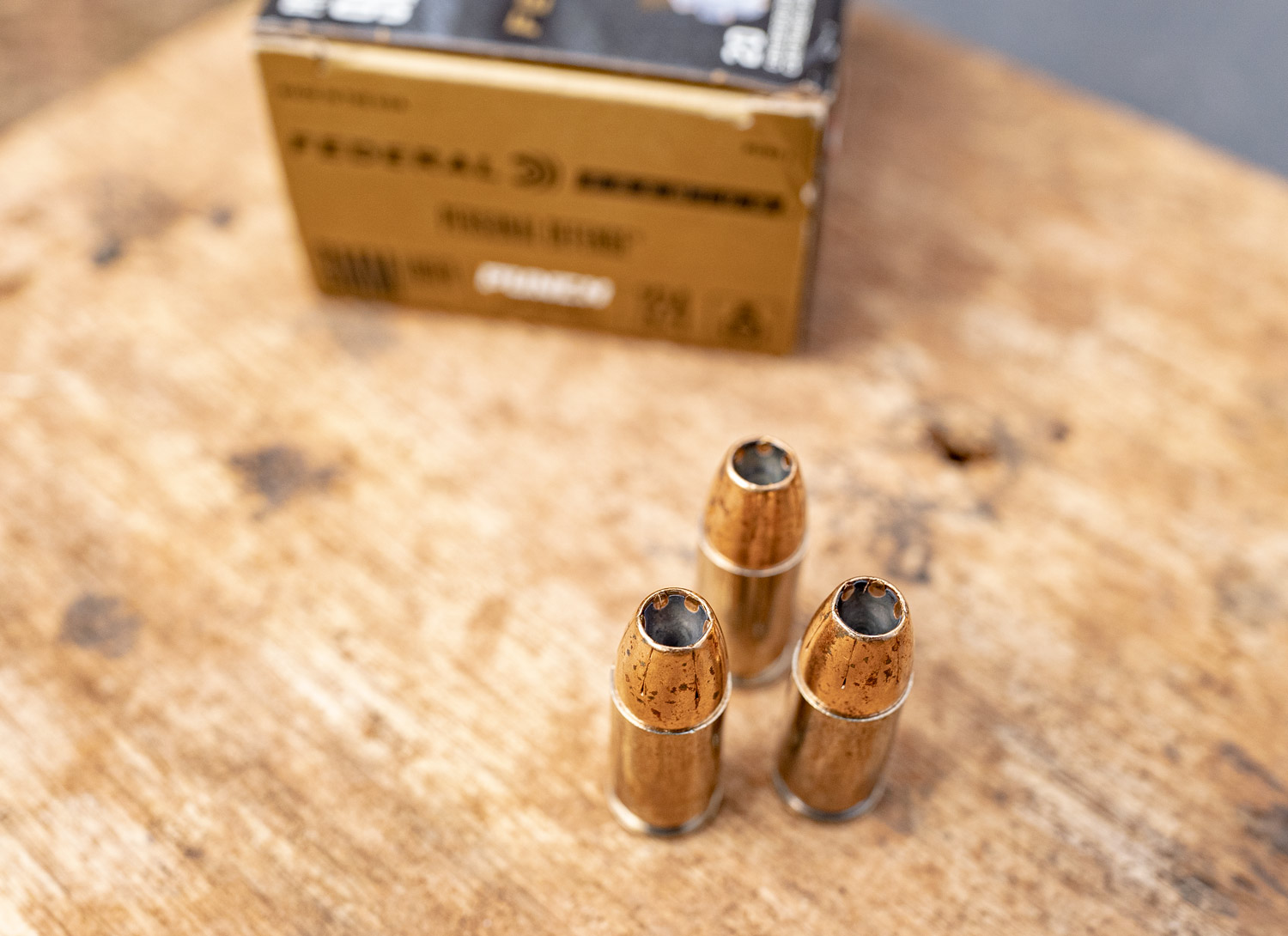
You’ll find concave meplat on hollow point bullets. We typically use hollow point bullets for self-defense and varmint hunting. Their shape makes them deform in response to hydraulic pressure. Basically, water gets trapped in the nose cavity of a hollow point bullet, and with nowhere else to go it can only force the bullet to expand outward.
Hollow point boat tail (HPBT) bullets are an exception. Engineers design these for long-distance accuracy and rarely unleash terminal expansion within soft tissue. (There are exceptions such as the Berger VLD Hunting Bullet.) The opening in the HPBT’s bullet allows its manufacturer to pour the projectile’s core into place while the lead is still molten. Because its core hardens in place, it becomes form-fitted to the HPBT’s jacket. This promotes exceptional in-flight stability and a flatter trajectory downrange. HPBT meplats are commonly very narrow so they can enhance the bullet’s overall ballistic coefficient, just like a true pointed meplat would have.
And there you have it: “Meplat” is just a five dollar word for a bullet’s tip!

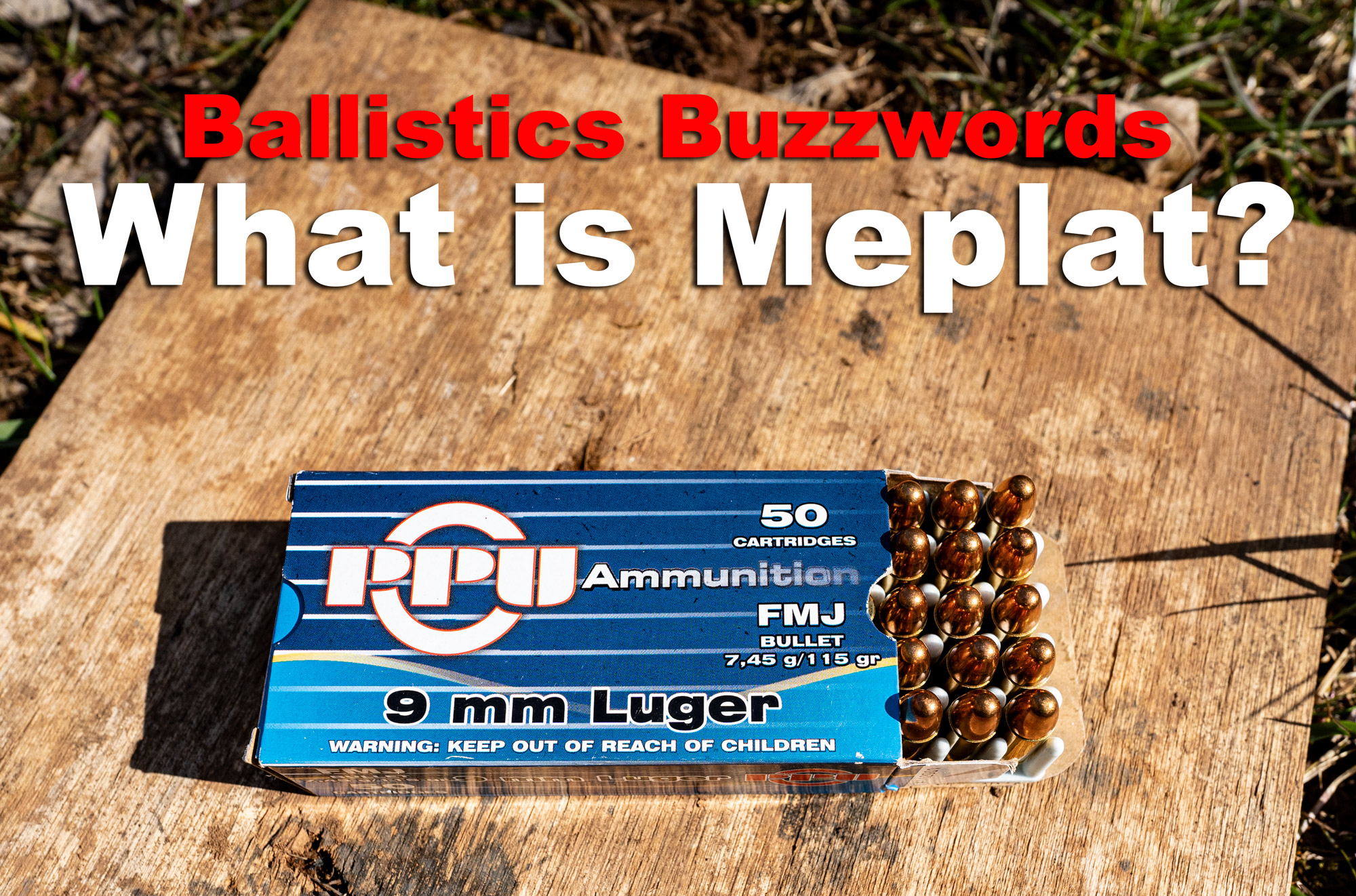
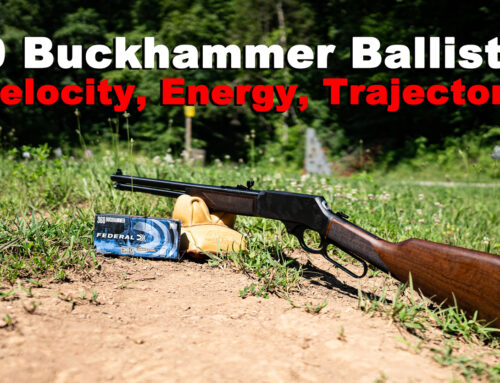
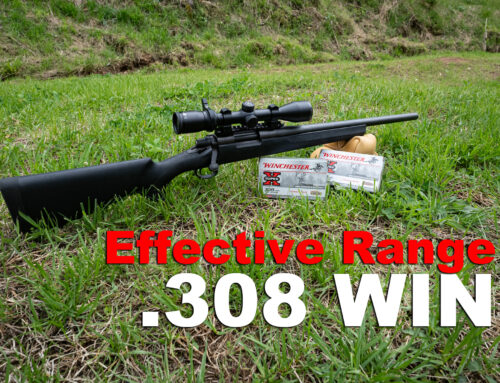
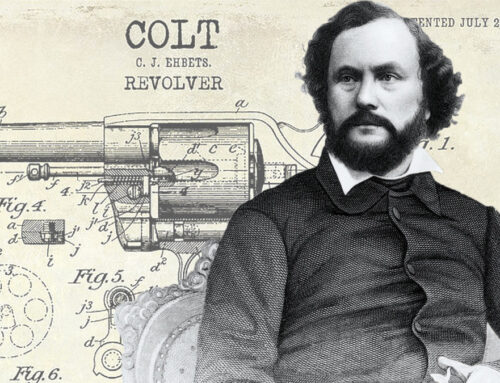
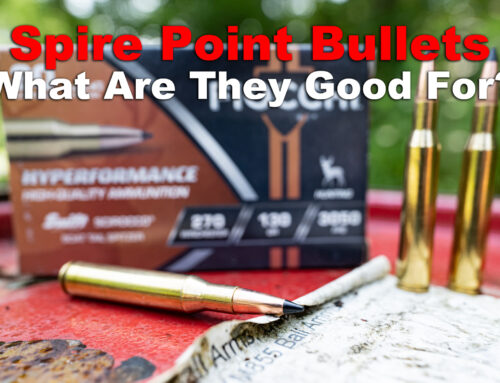
Leave A Comment